
Dear aspiring students stepping into the glamorous and gritty world of fashion,
Success depends not only on flair and creativity but also on fashion design skills, perseverance, and a deep understanding of the craft.
Iconic Coco Chanel says, “Fashion is not something that exists in dresses only. Fashion is in the sky, in the street, fashion has to do with ideas, the way we live, what is happening.” Design in the Fashion industry has more to it than the shimmer of sequins on the runway or the fabric-draped mannequins lining studio walls.
From the classics to contemporary tools, the following fashion design skills are essential for any designers to thrive in this rapidly advancing industry.
1. Creativity & Artistic Vision
At the heart of fashion lies a sense of discovery & curiosity. It’s what turns a blank page into a couture gown. Carry a sketchbook or digital notebook everywhere. Inspiration can strike in the subway, in a museum, or even during a conversation.
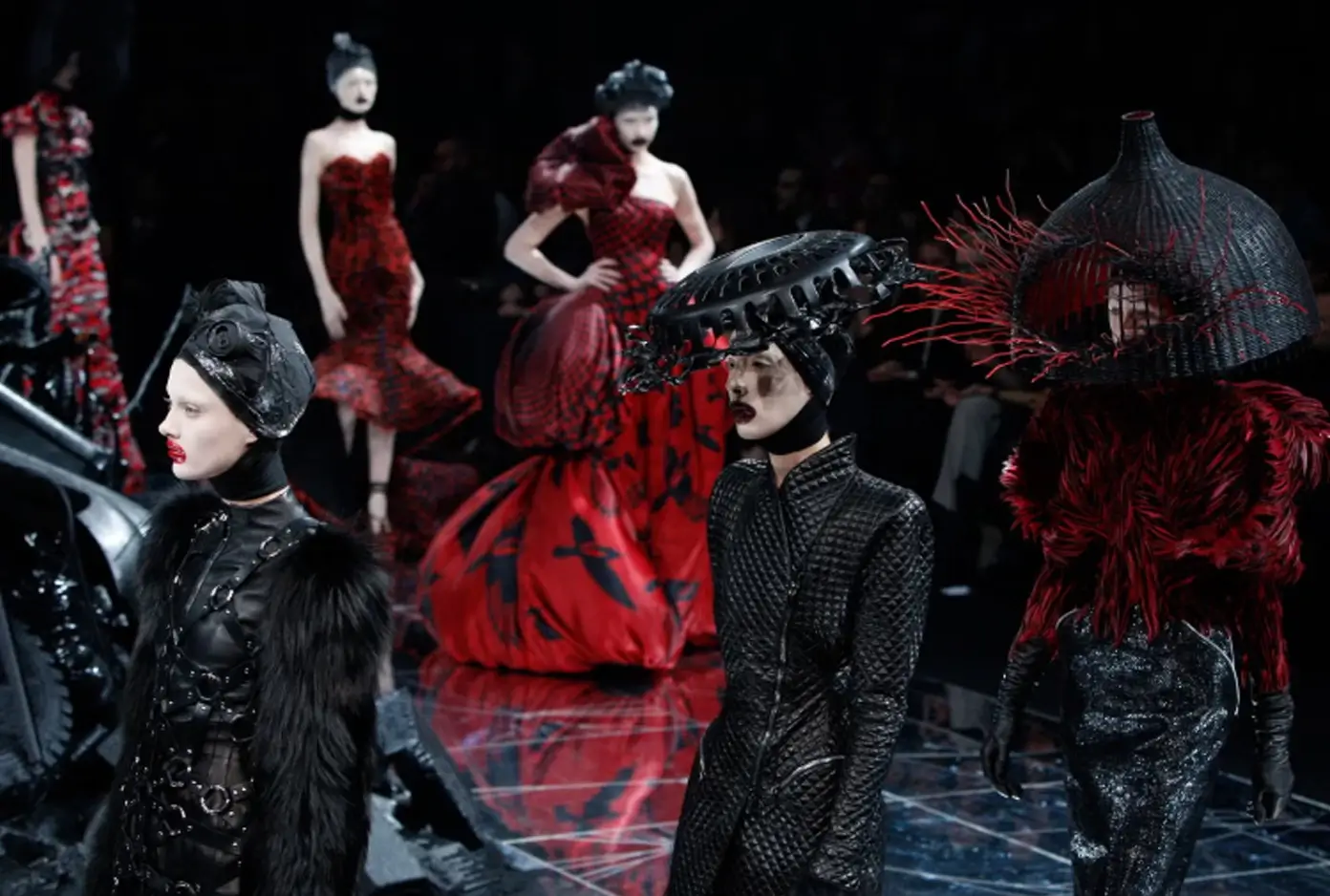
Alexander McQueen’s AW 2009/10 collection during Paris Fashion Week| Independent
Alexander McQueen was known for his dark romanticism and theatrical runway shows. He didn’t just follow trends; he challenged them. The most successful designers were made by thinking beyond the ordinary.
2. Strong Drawing & Illustration Skills
Sketching and illustration art are two indispensable fashion design skills that can bring you to the limelight. Even in the digital age, the ability to put pencil to paper and visualize your ideas can give an edge to that personality!

A sketch of a wedding dress, Chanel spring 2005 | Vogue
Karl Lagerfeld often sketched entire collections by hand. A strong drawing ability allows you to communicate your designs effectively to others, especially patternmakers and production teams. Practice figure drawing regularly and learn different fashion illustration styles to achieve that perfection.
3. Mastery of Sewing & Garment Construction
If creativity is the dream, construction is the reality check. Knowing how garments are built allows designers to push limits while maintaining functionality. Take time to learn traditional and au courant sewing techniques and experiment with materials.
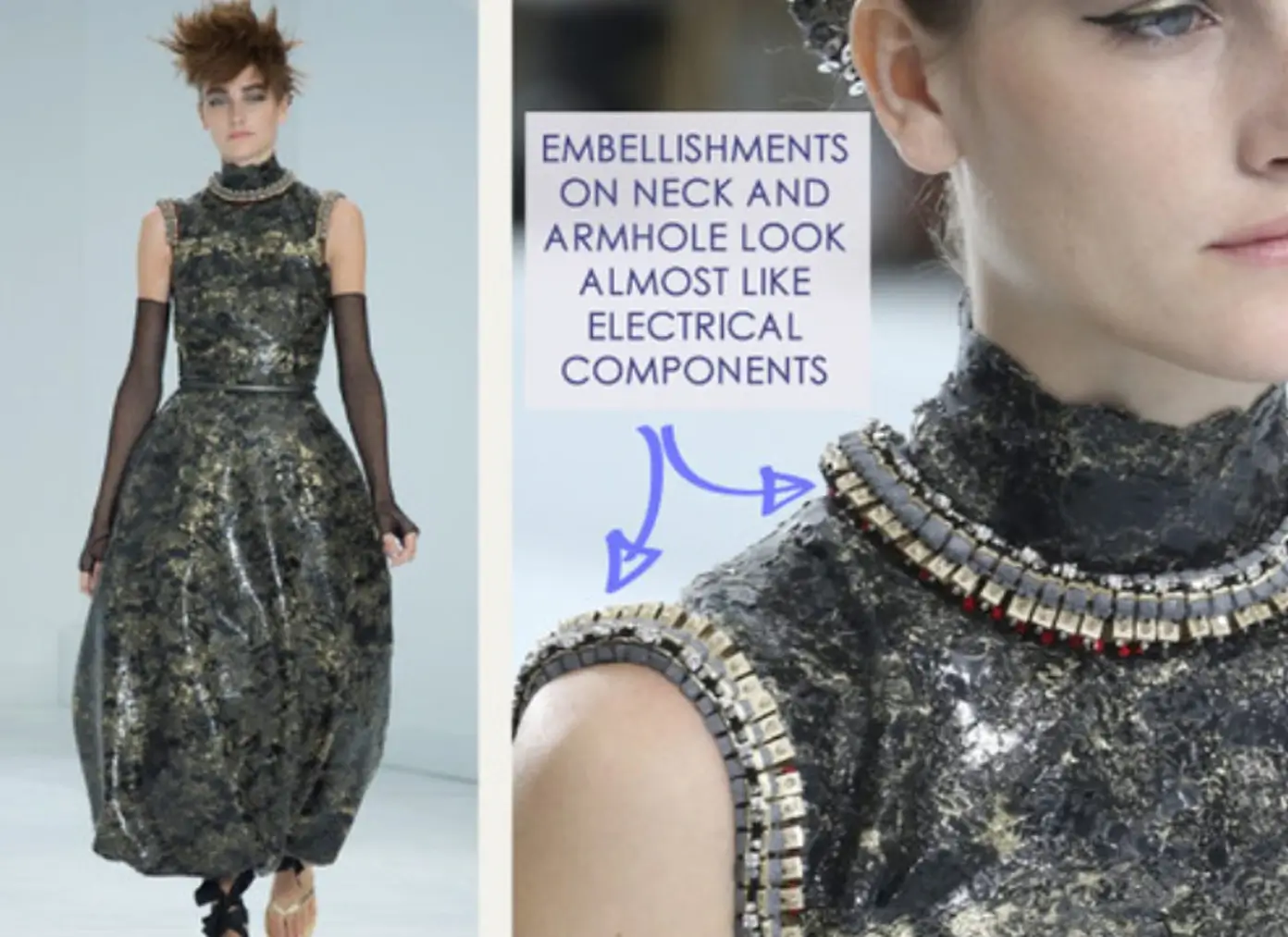
Chanel, Haute Couture, AW14, Paris | Cutting Class
This will enhance your fashion design skills while providing you with a deeper understanding of the process. Coco Chanel revolutionized women’s fashion with comfortable and practical silhouettes because she understood construction inside out. Real-world experience trumps theory.
4. Pattern Making & Draping
Pattern making is the blueprint for garment construction – measuring, drafting, and adjusting for fit and style. However, draping involves shaping fabric directly on a dress form to create silhouettes and explore unique designs. Mastering these two practical fashion design skills can level up your artistry.
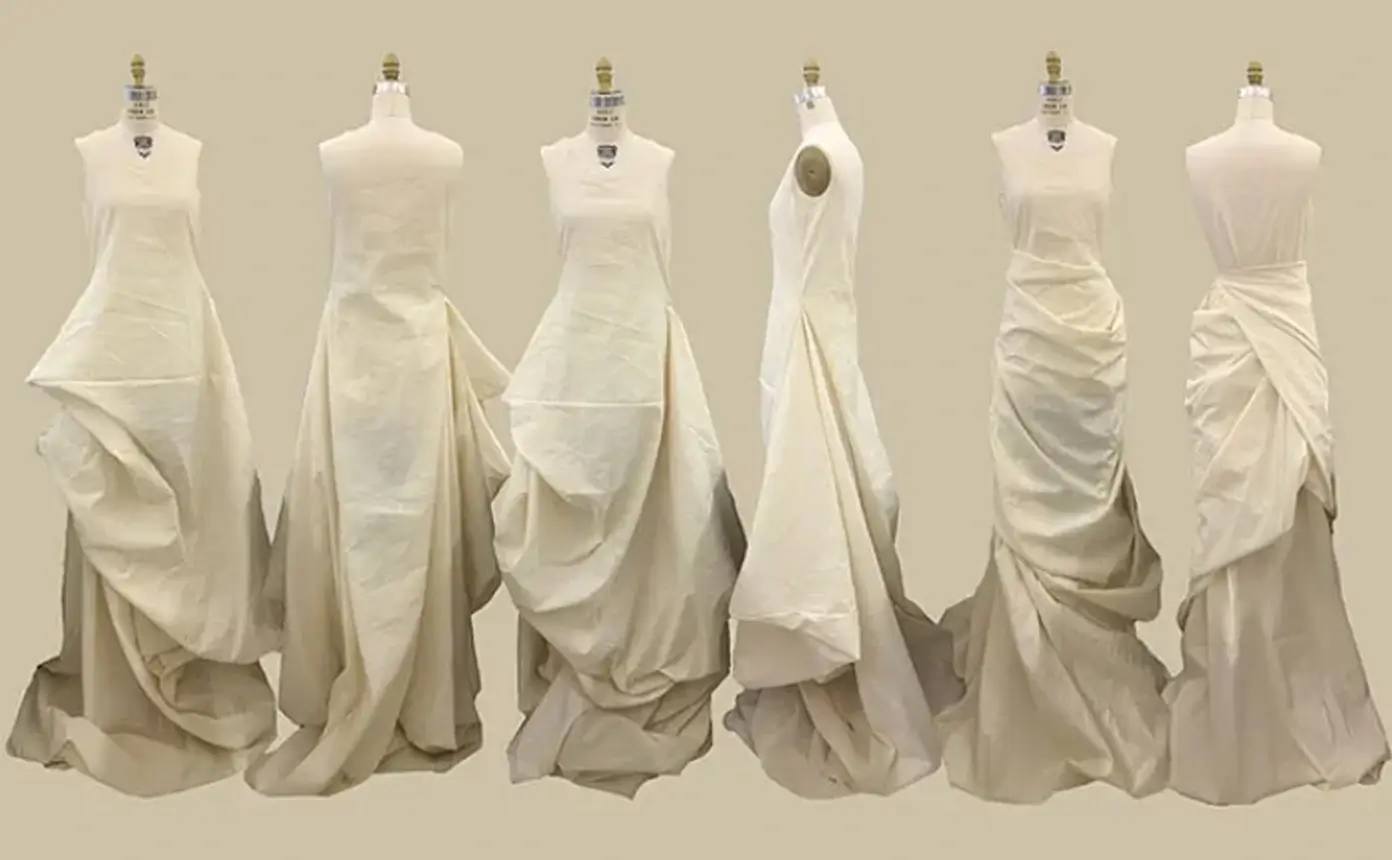
Art of Draping | Medium
5. Fabric Knowledge & Textile Science
A fabric can make or break a design. Valentino Garavani famously used lush fabrics and bold colors, especially his iconic Valentino Red, to make powerful statements. Most designers often start their process by touching fabrics and seeing how they move. Understanding fabric properties helps you choose the right material for your vision.
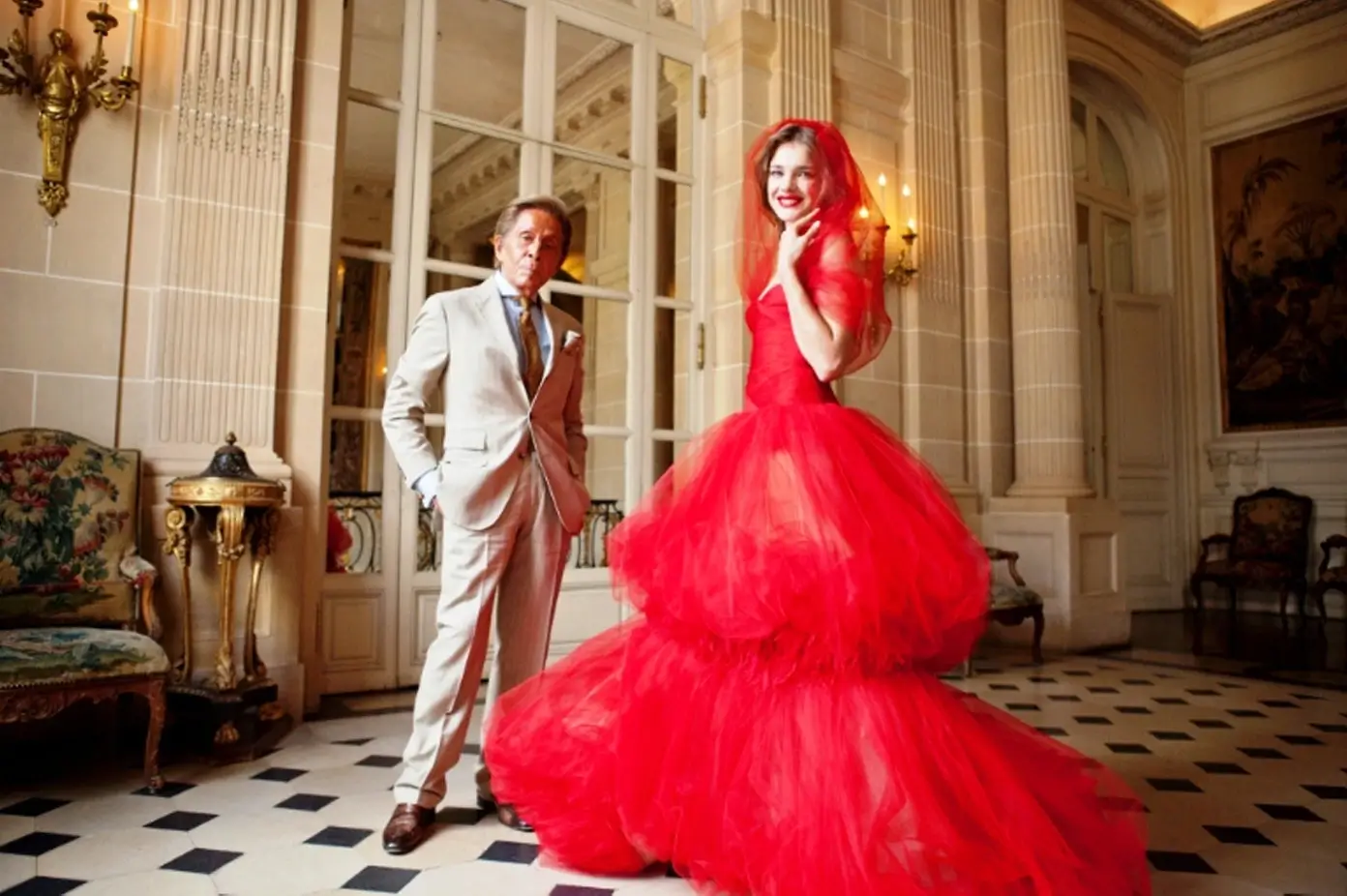
Valentino Garavani and Natalia Vodianova at Musée Nissim de Camodo in Paris, 2011 | Couture Notebook
6. Technical Proficiency in Digital Tools
Modern fashion is powered by technology. Tools like Adobe Illustrator, Photoshop, and 3D rendering software such as CLO 3D have become a fundamental fashion design skill. Designers like Iris van Herpen use tech to create futuristic garments that redefine fashion boundaries.
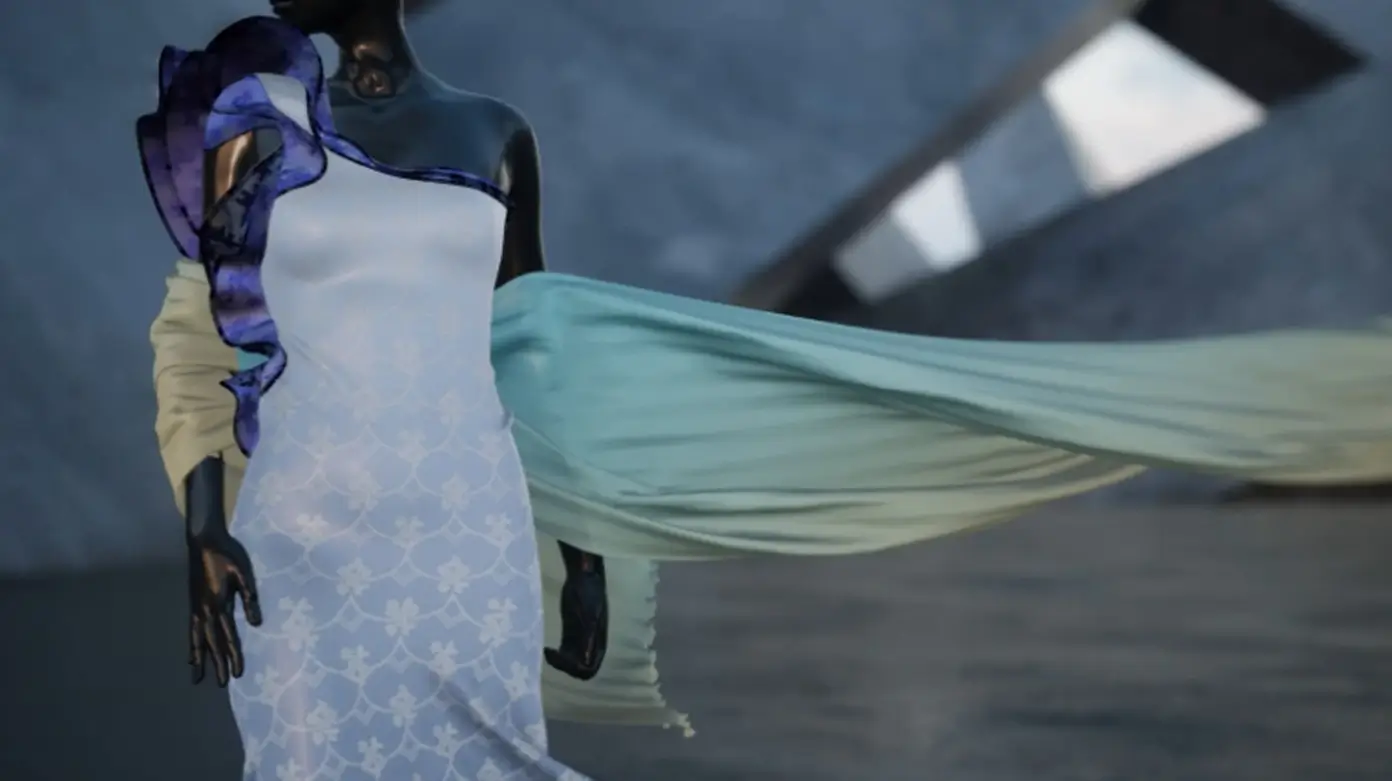
A digital garment made in CLO and powered by Unreal Engine | Clo 3D
7. Deep Understanding of Fashion History & Trends
While some icons like Chanel preferred timelessness, others like Vivienne Westwood & Betsy Johnson emerged as trend rebels. Research iconic fashion decades, analyze recurring trends, and study how designers responded to societal shifts. Understanding fashion history teaches you the “why” behind the “what,” enabling you to draw inspiration without simply copying.
8. Attention to Detail
It’s the little things that elevate a garment: the lining, a perfect hem, an unexpected button. Knowledge of color theory & coordination plays a vital role in uplifting your design. Mastering this fashion design skill can help create cohesive designs that resonate with a target audience.
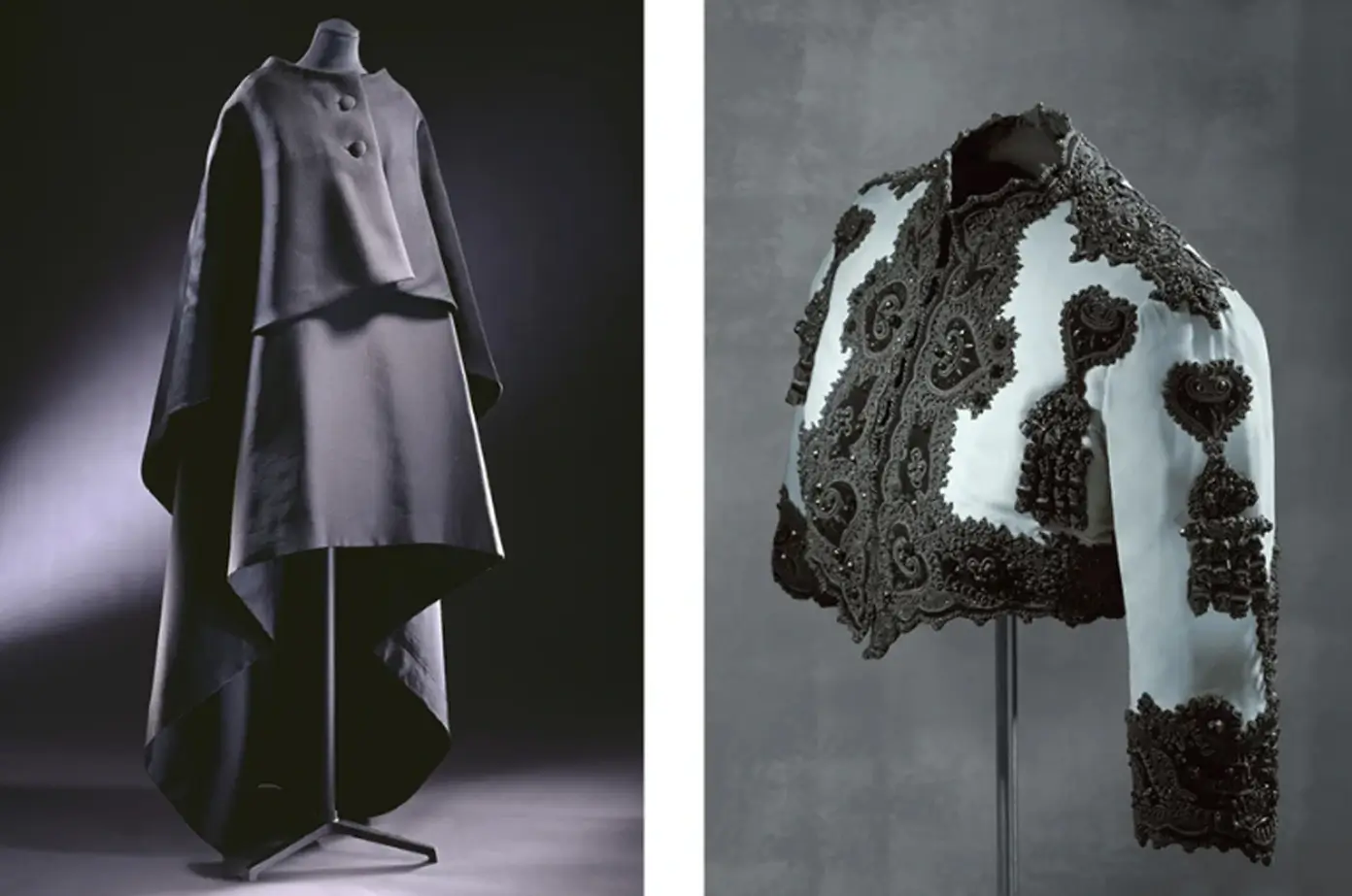
Cristóbal Balenciaga, evening gown and cape, Paris 1967 (left) & EISA bolero jacket, Spain,1947 (right) | Tank
“Elegance is elimination,” said Cristóbal Balenciaga, who believed that simplicity should be executed to perfection. You can slow down. Quality is better than quantity, especially in portfolio pieces.
9. Communication & Collaboration
Fashion Designers don’t design in a vacuum. They work with seamstresses, stylists, marketers, and clients. Donatella Versace once said, “Creativity comes from a conflict of ideas.” Clear communication ensures that your vision is understood, executed & embraces collaboration.
10. Business & Marketing Savvy
A brilliant design is only as good as its ability to reach people. Understanding branding, pricing, retail, and digital marketing can set you apart. Designers like Tom Ford and Stella McCartney succeeded by blending artistry with business acumen. Follow fashion business news, learn the basics of e-commerce, and study what makes a fashion brand successful.
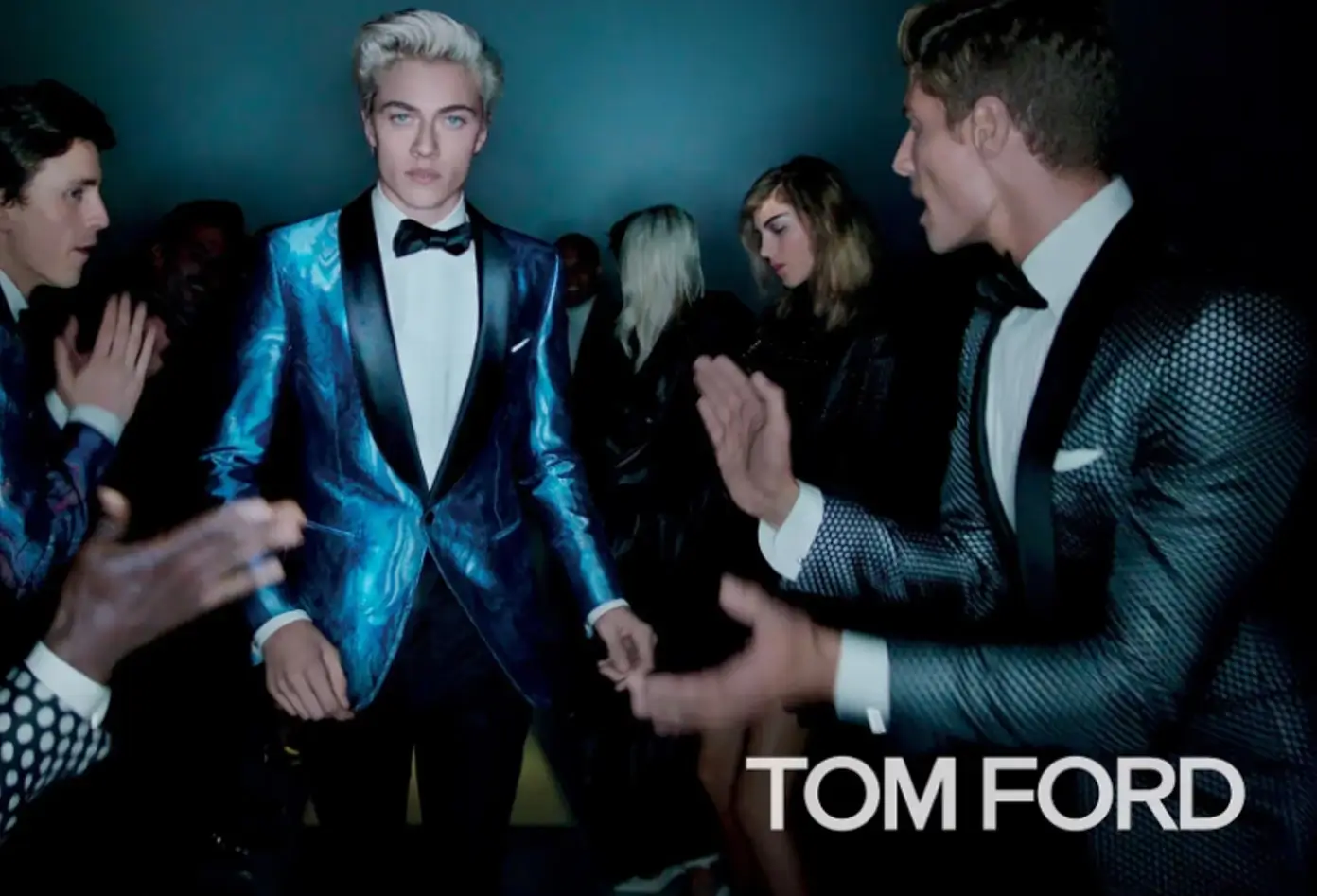
Tom Ford 2016 Campaign | Brandvm
Fashion design is executing the imaginable. The runway lights might shine on the end product, but behind each piece lies a toolkit of hard-earned skills. Remember, style is personal, but success in fashion is practical. As Yves Saint Laurent claims, “Fashions fade, style is eternal.” Build your skills, define your style, and let the world catch up to your vision.
References
- https://www.smartpatternmaking.com/blogs/articles/10-essential-skills-every-fashion-designer-should-develop?srsltid=AfmBOoqHnMiZz95A9wMjTvjd2wYldVSlJge3JeC5nzv8ffa0g5qLIVQn
- https://aaft.com/blog/fashion-design/top-10-essential-tech-skills-for-fashion-designers/
- https://www.iiftbangalore.com/blog/must-have-skills-to-be-a-fashion-designer/
